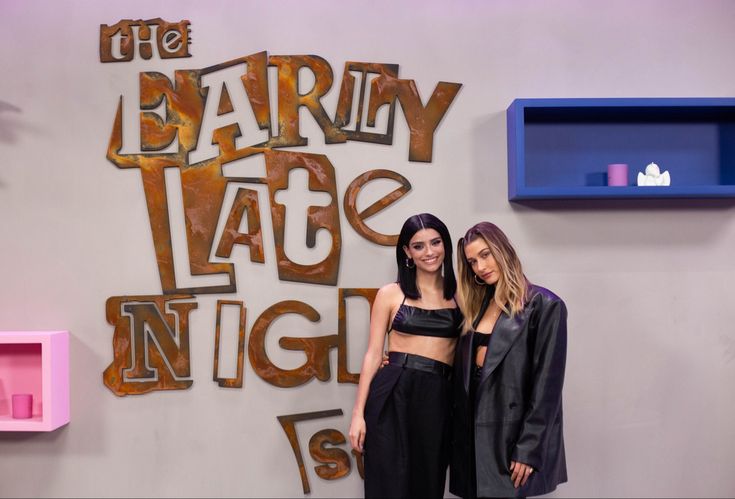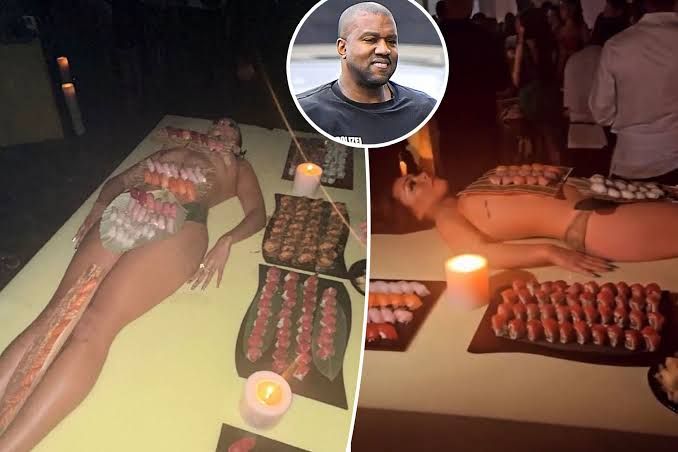Film theorist Luara Mulvey introduced the concept of the male gaze in her famous essay “Visual Pleasure and Narrative Cinema,” published in 1975. Mulvey’s thesis has been applied to many aspects of culture and society, although it was initially concentrated on the cinematic experience.
In the context of the film, Mulvey mentioned how traditional Hollywood/Bollywood cinema tends to portray the world from a heterosexual male perspective. This is evident when they deliberately objectify female characters as objects of desire. The assumption that the audience is male is what enforces the growth of framing women for the pleasure of male viewers.
In 1949, Simone de Beauvoir’s “The Second Sex” examined women’s place in society and addressed objectification, gender inequality, and societal perceptions of femininity. According to De Beauvoir, women have historically been viewed as “other,” someone connected to a man rather than as individuals. This exposes quite a bit about the state of both the past and the present.
The Guardian published a story on sexism. Elizabeth Warren was subjected to sexism in the US since men frequently referred to her as a “schoolteacher” or “maternal tone.” Warren spoke about how if you stand up for sexism, people will call you a whiner, but if you don’t stand up, numerous women will think you are ignorant. Women are frequently perceived as extreme feminists and are the target of remarks regarding their appearance, sense of style, voice tone, and hairstyle. This has hindered women’s ability to rise to leadership positions, which has made many people afraid and distressed.

The male gaze is deeply ingrained in the portrayal of women in the fashion industry, reducing their bodies to objects of male fantasy. This objectification has a profound impact on women’s self-esteem and perception of themselves. The fashion industry has been criticised for creating unrealistic beauty standards and clothes that conform to gender roles. In a talk show that attracted a lot of attention in 2021, Hailey Bieber discussed the problems and harassment she experienced from the media. She mentioned how some media members were taking pictures underneath her skirt, pointing out how it was a tricky angle and that it worried her as soon as she realised what was happening. She finds the media invasive and disrespectful for objectifying her and publishing the images for the world to look at.

Another bizarre tradition that is disturbing and concerning at the same time is the Japanese custom of eating sushi off the perfectly still, nude body of a woman, known as nyotaimori, and it dates back to Japan’s Edo period. Recently, a sushi buffet presented on the bodies of nude women was held in celebration of Kanye West’s 46th birthday. The display drew criticism from some social media users, who saw it as strange and misogynistic. Ye’s daughter North, nine, was one of the celebrity guests, which increased the backlash. Reactions to the event have been seen on social media.
These were a few examples of how the male gaze dominates not just the cinematic world but also various industries.
Reference list:
Mulvey, L. (1975). Visual Pleasure and Narrative Cinema. [online] London Afterall Books, pp.6вАУ18. Available at: https://academic.oup.com/screen/article-abstract/16/3/6/1603296?redirectedFrom=fulltext [Accessed 3 Dec. 2023].
de Beauvoir, S. (1956). The Second Sex. [online] https://newuniversityinexileconsortium.org/. Available at: https://newuniversityinexileconsortium.org/wp-content/uploads/2021/07/Simone-de-Beauvoir-The-Second-Sex-Jonathan-Cape-1956.pdf [Accessed 4 Dec. 2023].
Smith, D. (2020). вАШWe still have a problem with female authorityвАЩ: how politics sets a trap for American women. The Guardian. [online] 6 Mar. Available at: https://www.theguardian.com/us-news/2020/mar/05/elizabeth-warren-drops-out-women-politics-sexism-analysis.
Refashion (2023). Understanding the Propagation of the Male Gaze in Fashion. [online] Medium. Available at: https://medium.com/@Re-fashion/understanding-the-propagation-of-the-male-gaze-in-fashion-fc8ba369b4de#:~:text=The%20male%20gaze%20is%20deeply.
Jokic, N. (2021). Hailey Bieber Called Out Paparazzi For Trying To Take Photos Up Her Skirt. [online] BuzzFeed. Available at: https://www.buzzfeed.com/natashajokic1/hailey-bieber-paparazzi-skirt [Accessed 5 Dec. 2023].
Gray, J. (2023). What Is Nyotaimori? We Talked to a Naked-Sushi Specialist About KanyeвАЩs Controversial 46th-Birthday Spread. [online] The Messenger. Available at: https://themessenger.com/entertainment/what-is-nyotaimori-we-talked-to-a-naked-sushi-specialist-about-kanyes-controversial-46th-birthday-spread [Accessed 5 Dec. 2023].




Wow!! The last example of the sushi buffet really had me astounded! I like that you discussed the male gaze in an industry that is outside of cinema too – I do agree that the male gaze is heavily represented in the fashion industry. Things like the rise in the ‘baby tees’ trend which is essentially just tight crop tops labelled differently. Whatever label they have, they both show skin which is alluring to the heterosexual male eye that the male gaze entices. Are there any other industries that represent the male gaze?
this is very detailed coverage! Mulvey’s male perspective echoes in today’s society, everywhere from film to real life. I loved the example of women being promoted. And today our cultural narratives still grapple with objectification.
This is a really great post! I like how you not only explain the male gaze in the media industry like film, but also have examples of the fashion industry. And I love the last example in the post about the Japanese custom of eating sushi on the nude body of a woman, it really portrayed what the male gaze is.